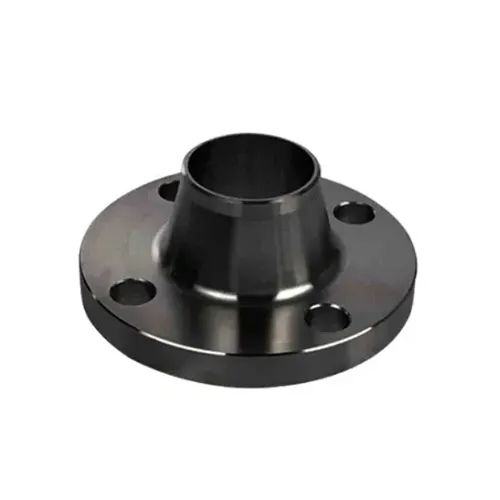-
Cangzhou Yulong Steel Co., Ltd.
-
Phone:
+86 13303177267 -
Email:
admin@ylsteelfittings.com
- English
- Arabic
- Italian
- Spanish
- Portuguese
- German
- kazakh
- Persian
- Greek
- French
- Russian
- Polish
- Thai
- Indonesian
- Vietnamese
- Zulu
- Korean
- Uzbek
- Hindi
- Serbian
- Malay
- Ukrainian
- Gujarati
- Haitian Creole
- hausa
- hawaiian
- Hebrew
- Miao
- Hungarian
- Icelandic
- igbo
- irish
- Japanese
- Javanese
- Kannada
- Khmer
- Rwandese
- Afrikaans
- Albanian
- Amharic
- Armenian
- Azerbaijani
- Basque
- Belarusian
- Bengali
- Bosnian
- Bulgarian
- Catalan
- Cebuano
- China
- China (Taiwan)
- Corsican
- Croatian
- Czech
- Danish
- Esperanto
- Estonian
- Finnish
- Frisian
- Galician
- Georgian
- Kurdish
- Kyrgyz
- Lao
- Latin
- Latvian
- Lithuanian
- Luxembourgish
- Macedonian
- Malgashi
- Malayalam
- Maltese
- Maori
- Marathi
- Mongolian
- Myanmar
- Nepali
- Norwegian
- Norwegian
- Occitan
- Pashto
- Dutch
- Punjabi
- Romanian
- Samoan
- Scottish Gaelic
- Sesotho
- Shona
- Sindhi
- Sinhala
- Slovak
- Slovenian
- Somali
- Sundanese
- Swahili
- Swedish
- Tagalog
- Tajik
- Tamil
- Tatar
- Telugu
- Turkish
- Turkmen
- Urdu
- Uighur
- Welsh
- Bantu
- Yiddish
- Yoruba

Sep . 22, 2024 11:52 Back to list
pipe thread coupling
Understanding Pipe Thread Couplings An Essential Link in Plumbing and Piping Systems
Pipe thread couplings are critical components in the plumbing and piping industries, serving as connectors that join two sections of pipes together. These mechanical fittings play an essential role in ensuring a leak-free and efficient flow of liquids and gases in various applications, from residential plumbing to industrial systems.
Pipe threads are standardized, ensuring compatibility and interchangeability between different manufacturers. The most commonly used standards for pipe threads include the National Pipe Thread (NPT) in the United States and the British Standard Pipe (BSP) in the UK. Each of these standards has specific dimensions, thread angles, and pitch, contributing to a secure connection.
A typical pipe thread coupling consists of male and female ends. The male end features external threads, while the female end has internal threads. When the two are joined, the threads engage, creating a tight seal that prevents leaks. To enhance this seal, many users apply a sealant such as Teflon tape or pipe joint compound to the threads before assembly.
pipe thread coupling

The significance of proper installation cannot be overstated. Over-tightening can lead to damage, such as stripped threads or cracked fittings, while under-tightening may result in leaks. It’s essential to follow the manufacturer’s guidelines and use the correct torque specifications during installation. Additionally, regular inspection of pipe thread couplings and their connections is advisable to ensure they remain secure and functional, especially in high-pressure applications.
Pipe thread couplings are available in various materials, each suited for different environmental conditions. Common materials include brass, stainless steel, plastic, and galvanized steel. Brass couplings, known for their excellent corrosion resistance, are widely used in water and gas applications. Conversely, stainless steel is favored in environments that require higher strength and corrosion resistance, such as in chemical processing. Plastic couplings offer advantages in terms of weight and resistance to chemical corrosion, making them popular for specific applications.
Moreover, the versatility of pipe thread couplings allows them to be utilized in a broad range of systems. They are found in residential plumbing, irrigation systems, heating and cooling units, and various industrial processes. Their ability to provide a reliable and robust connection makes them an indispensable part of any piping system.
In conclusion, pipe thread couplings are fundamental components that facilitate the safe and efficient transportation of fluids and gases across a variety of applications. Understanding their design, materials, and proper installation techniques is vital for anyone involved in plumbing and piping systems. By ensuring that these components are correctly utilized, professionals can prevent leaks, maintain system integrity, and enhance the overall efficiency of their installations. As industries continue to evolve and expand, the importance of reliable pipe thread couplings will remain a constant in ensuring safe and functional systems.
Latest news
-
ANSI 150P SS304 SO FLANGE
NewsFeb.14,2025
-
ASTM A333GR6 STEEL PIPE
NewsJan.20,2025
-
ANSI B16.5 WELDING NECK FLANGE
NewsJan.15,2026
-
ANSI B16.5 SLIP-ON FLANGE
NewsApr.19,2024
-
SABS 1123 FLANGE
NewsJan.15,2025
-
DIN86044 PLATE FLANGE
NewsApr.19,2024
-
DIN2527 BLIND FLANGE
NewsApr.12,2024
-
JIS B2311 Butt-Welding Fittings LR/SR 45°/90° /180°Seamless/Weld
NewsApr.23,2024











